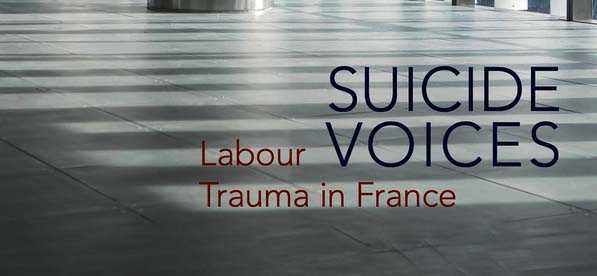Multidisciplinary approach to work-related suicides (Open Access)
Recently Denmark hosted the 19th European Symposium on Suicide and Suicidal Behaviour. Workplace suicide was on the agenda, and SafetyAtWorkBlog was able to pose some questions to a leader in suicide research, Professor Sarah Waters. Below is an illustrative extract: “….If we reduce suicide to a mental health problem that is located in the mind, … Continue reading “Multidisciplinary approach to work-related suicides (Open Access)”




